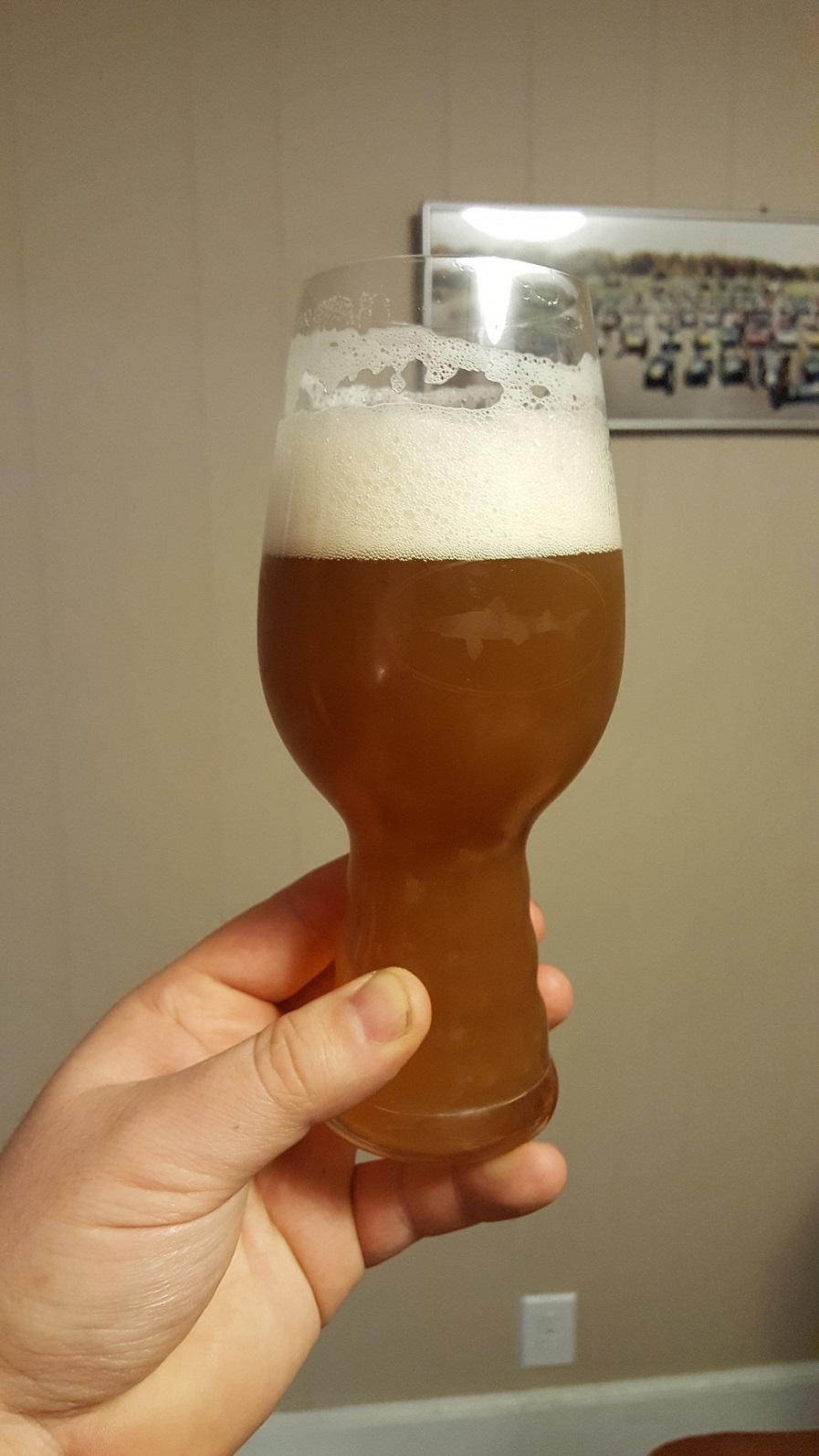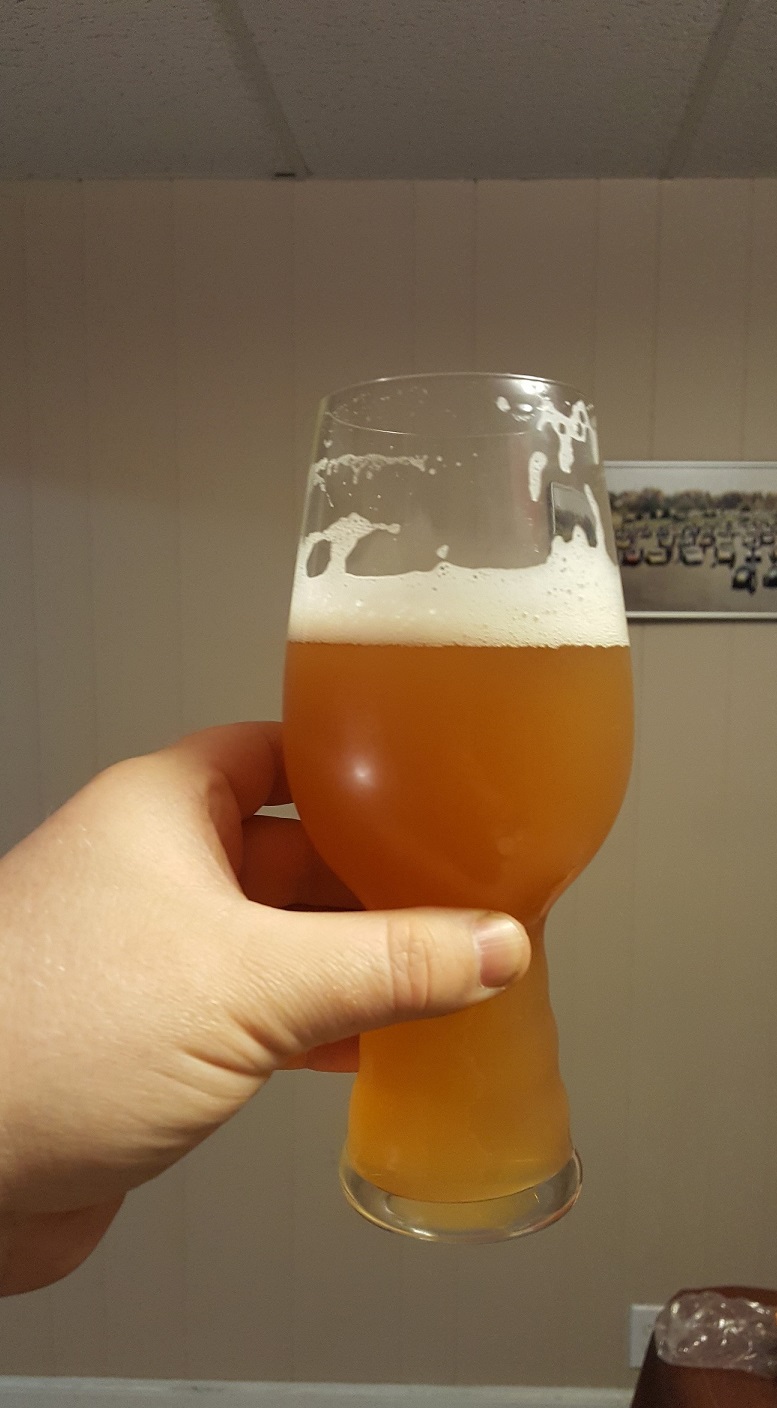- Joined
- Dec 16, 2015
- Messages
- 935
- Reaction score
- 355
So I've noticed lately that my beer is changing visually as it spends time in the bottle. Let me lay out the observations.
3 batches of the same beer, all the same recipie, followed the same steps, etc. Beer is the northeast IPA from this thread: https://www.homebrewtalk.com/showthread.php?t=568046
When the beer is new (within a week of going into the bottle) it is a bright hazy yellow/orange. However the longer it sits in the bottle the more it darkens up, ending more brown and murky than anything. The taste doesn't seem to be changed, it's still good.
Now the reason I leaned toward carbonation being the driver. I have a mix of purchased bottles and saved commercial bottles. Recently I noticed that my capper doesn't seem to like the shorter fatter bottles (think sierra nevada) If I don't adjust it some it doesn't give a good solid crimp. Last night I poured two bottles side by side. One tall bottle that had good carbonation, and one short that did not (no hiss when the cap came off). Both are the same age, from the same batch, etc. The tall bottle poured brown. The short bottle was still a nice bright dark yellow.
Both tasted the same (minus the short bottle not really being carb'd). So i'm not worried there. I'm just trying to understand the reason for the color shift, and if it's something that can be combated.
I'll try to find good pictures tonight to show the difference.
3 batches of the same beer, all the same recipie, followed the same steps, etc. Beer is the northeast IPA from this thread: https://www.homebrewtalk.com/showthread.php?t=568046
When the beer is new (within a week of going into the bottle) it is a bright hazy yellow/orange. However the longer it sits in the bottle the more it darkens up, ending more brown and murky than anything. The taste doesn't seem to be changed, it's still good.
Now the reason I leaned toward carbonation being the driver. I have a mix of purchased bottles and saved commercial bottles. Recently I noticed that my capper doesn't seem to like the shorter fatter bottles (think sierra nevada) If I don't adjust it some it doesn't give a good solid crimp. Last night I poured two bottles side by side. One tall bottle that had good carbonation, and one short that did not (no hiss when the cap came off). Both are the same age, from the same batch, etc. The tall bottle poured brown. The short bottle was still a nice bright dark yellow.
Both tasted the same (minus the short bottle not really being carb'd). So i'm not worried there. I'm just trying to understand the reason for the color shift, and if it's something that can be combated.
I'll try to find good pictures tonight to show the difference.

























































![Craft A Brew - Safale BE-256 Yeast - Fermentis - Belgian Ale Dry Yeast - For Belgian & Strong Ales - Ingredients for Home Brewing - Beer Making Supplies - [3 Pack]](https://m.media-amazon.com/images/I/51bcKEwQmWL._SL500_.jpg)

